How to Decorate the Empty Spaces in the Living Room – 11 Brilliant Tips to Consider
The living room is a space where guests are entertained and the household seeks comfort. Whether it be for watching television or just lounging after a long day at work or in school, it is the first place to see as you enter the house. Thus, it is required to be aesthetically pleasing. One of the frequent problems in designing a living room is the empty spaces within. They can be quite a bummer to look at but fixing it is easier than it looks. To improve the visual appeal of the living space, we have 11 brilliant tips to follow on how to decorate empty spaces.
1. Illuminate the Blank Spaces


Apart from looking awkward, blank spaces are often the ones poorly lit and filled with shadows. The absence of light makes the space look inexistent. Lighting is as important as the essence of furniture in a space. In interior design, we highly recommend layer lighting coming from a variety of lighting sources, regardless of whether they are natural or artificial. If an empty space is rather noticeable, this means that the space is not illuminated enough to look invisible. You can either opt for recessed ceiling lights or floor lamps to fill the void. It can cover both the floor area and depth of the empty space without costing much. Another idea is to pick a low-hung pendant to cover the space. It can either be on top of the side table or a sculpture. As long as it highlights the blank space, it will work efficiently.
2. Make Room for Extra Furniture
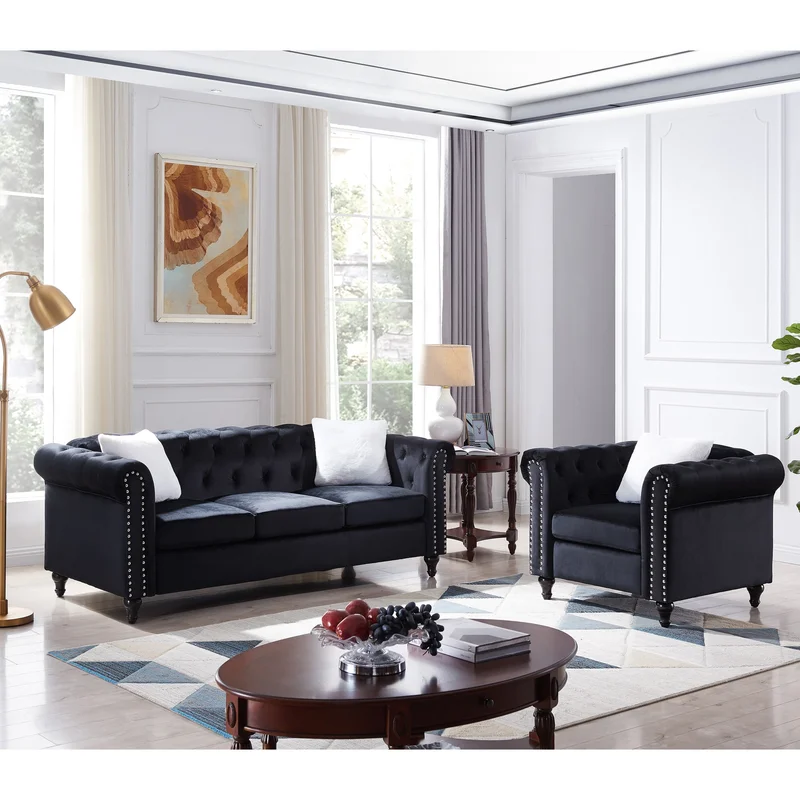

Instead of stressing too much about this void, another option to consider is making room for extra furniture. It does not necessarily mean a couch. A side table, bench, or additional seating would be great to look at and be useful for the users. It would be great to have additional space for seats to cater to a greater number of people in cases of parties or just hangouts at home. It may not be the first choice you have in mind but it is a smart way of maximizing the space that you have. What we love about this idea is how it solves the awkward space problem and seating furniture is relatively easier to move around whenever and wherever you want them moved.
3. Spot a Space for Storage


As the most populous area at home, spending a generous amount of time in the living room can often result in clutter and compromised organization. Instead of placing everything on the coffee table, make room for storage instead. It is having a cabinet or shelf for all the items needed in the living room. Electronic cables, remotes, and gadgets are often all around the place. To top it off, magazines and books are dominating the space as well. Having a cabinet or shelf will make room for all these items to make the living room look free from clutter. It can be quite difficult to move around with everything getting along your way. Instead of wasting the empty space for nothing, you better fill the void with storage that will be found useful for the household.
4. Adjust the Furniture Layout


If you like the living room just the way it is with nothing to add, adjusting the furniture layout is another option to consider. You might have not maximized the space because you made too little distance between one space to another. Thus, we recommend the idea of replanning the layout of the living room. Free the furniture from the walls. Distancing them from the walls will spend space and free the walls from obtaining marks due to being attached to the walls long-term. Instead of keeping them attached to the walls, use that space for a floating shelf or cabinet that does not consume much space. Take it as an opportunity to display antiques, collectibles, and other items that interest you.
5. Locate Potted Greens
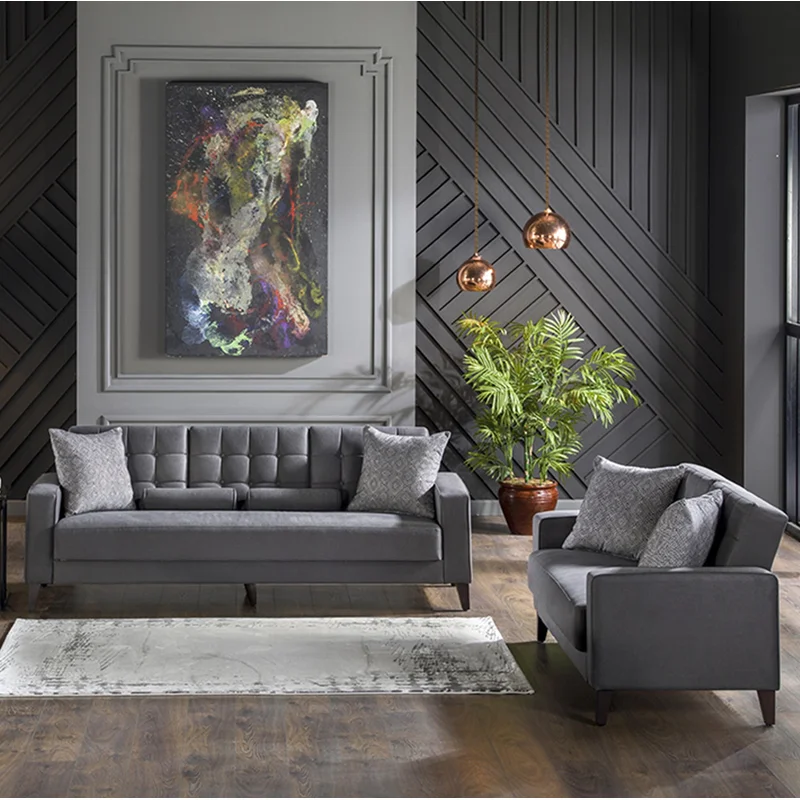

No matter how big or small the empty space might be, locating potted greens will spare you the stress and energy of finding ways on how to. Having potted plants in the living room makes a huge difference to the entire aesthetic of the space. It acts like a breather inducing a more effective means of ventilating the living room. Whether it be oversized or undersized, plants or flowers has the ability to bring the room to life. Do not forget to consider the width and height of the plant to prevent the room from feeling and looking all cluttered. In addition, ensure that the maintenance of the plant or flower will work indoors with a little shed of natural light and watering.
6. Set up a Personal Space
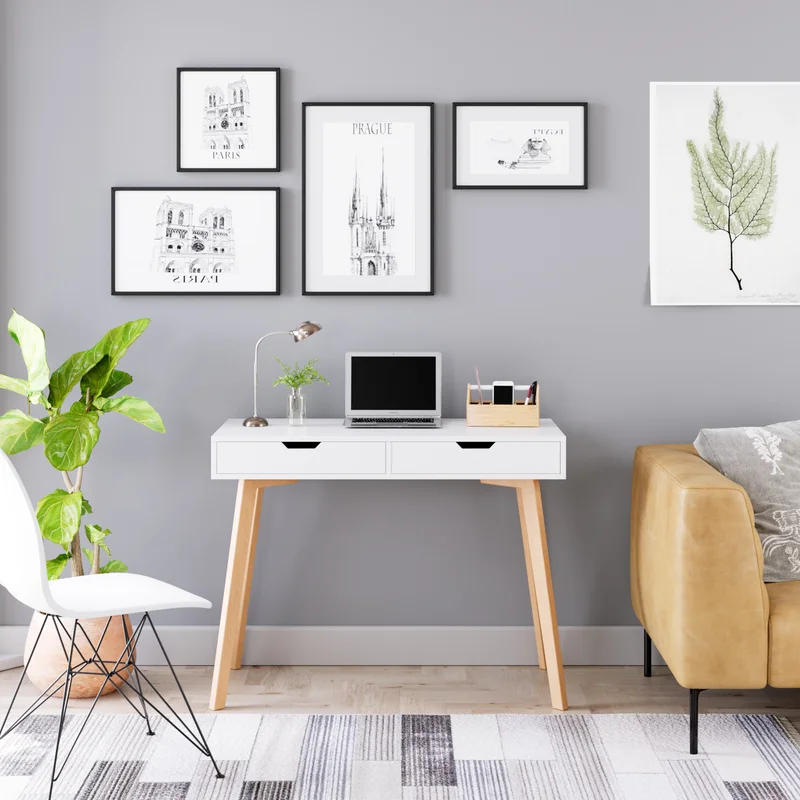

As the space with most spent time in, we find comfort within the walls of the living room. Instead of wasting such space on nothing, making room for personal space will make a difference. This personal space can be used for work, school, or just a space where you can do your activities without being bothered. This is an ideal option, especially since numerous people are now opting to work from home. It can be a bummer to work within the bedroom considering that the vibe is designated for resting and sleeping. It can affect one’s productivity. These unused spaces can be turned into a rather small home office. It is a way of cutting off the boring spaces within the living area. All it takes is a decent work table, chair, and room for storage. This space will not dominate the living room. It will act as an open area used for more than just watching television, hosting guests, and lounging.
7. Display Art
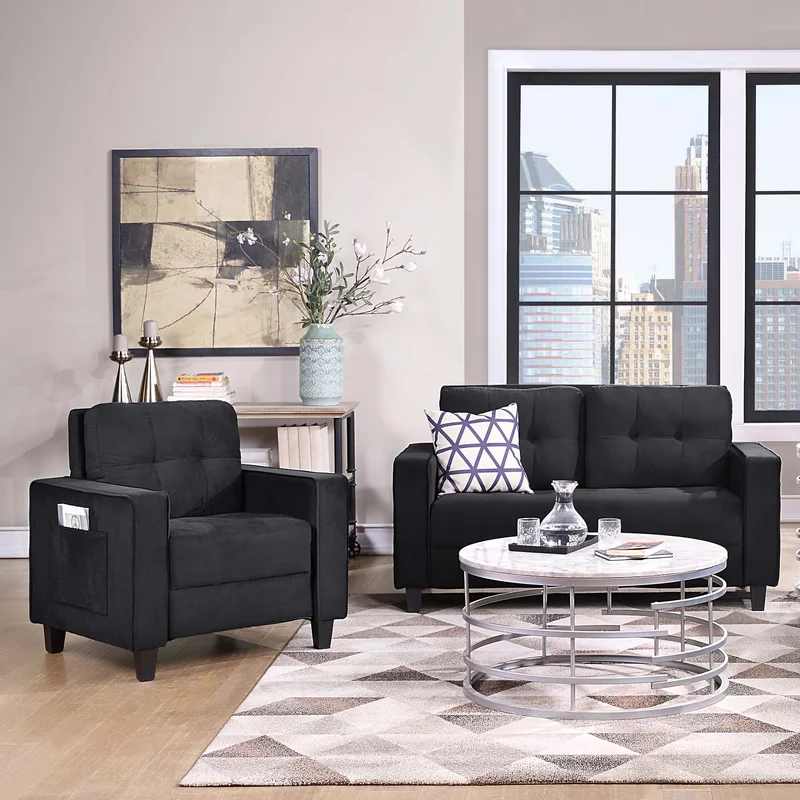

For additional visual impact, we can fill the empty space by displaying art, framed or not. It may be quite frustrating considering that it is not placed in the center of the wall. But, having them in the corners would make a difference. It is like having the chance to view the space from a different perspective. Consider height and angle in arranging the art for the walls. If they do not come in canvas or frames, having sculptures and other artistic items would work too. Play with the height and position to establish an asymmetrical look.
8. Upgrade the Scale
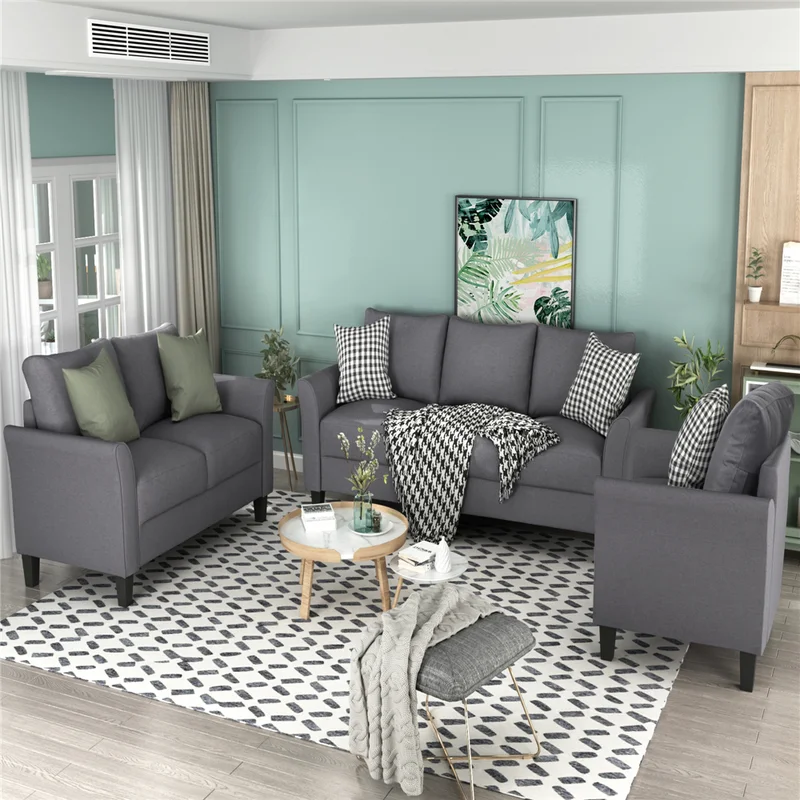

If you have the budget of transforming the room into a whole new space, upgrading the scale of the sofa set is an option. Instead of opting for sleek and edgy ones, bulky and curved furniture would make a huge difference to the entire look too. It does not work on the furniture alone. Having the accessories and decorations can be upgraded to a larger scale. Take into consideration the vertical space of the living room and apply ratio and proportion. This will help you have a guide on whether or not the couch is too big or too small for the space. It is all about maximizing the space that you have with the furniture that you have.
9. Line Up a Divider


In the living room, there are zones to consider more than just being a room for entertainment. As a space where we have intimate and private conversations, lining up a divider or screen would work to put emphasis on the vertical space. It is more than just a divider but also a decorative idea to fill in the corner. The composition may seem bigger but it can be folded and stretched depending if it is in use. Apparently, this is only useful for living rooms with a generous amount of space.
10. Make a Display Space


Instead of wasting such space on the corner, make use of the space and turn it into a gallery. You can line up multiple floating shelves that can be used as a display for all the collectibles. More than just adding aesthetic impact to the scene, it keeps the collectibles perfect for display and will not look like clutter. This is a perfect opportunity, especially if you have plenty of photo frames or sculptures to display. It adds a distinct character to the entirety of the living room and keeps all these fragile items to safety.
11. Cover the Area with a Rug


If you are running out of ideas on how to fill the void, covering the cold floors with an area rug will suffice. There is no need for other items. This idea is simple and free from effort. All you need is a large rug enough to cover the entire set of furniture that covers the empty space. It makes it look less boring and adds color to the cold floors. Pick a color for the rug that will define the zone of the living room and is different from the color of the floors. Consider it as a way of adding flavors to the floor without the need for changing the flooring materials.
